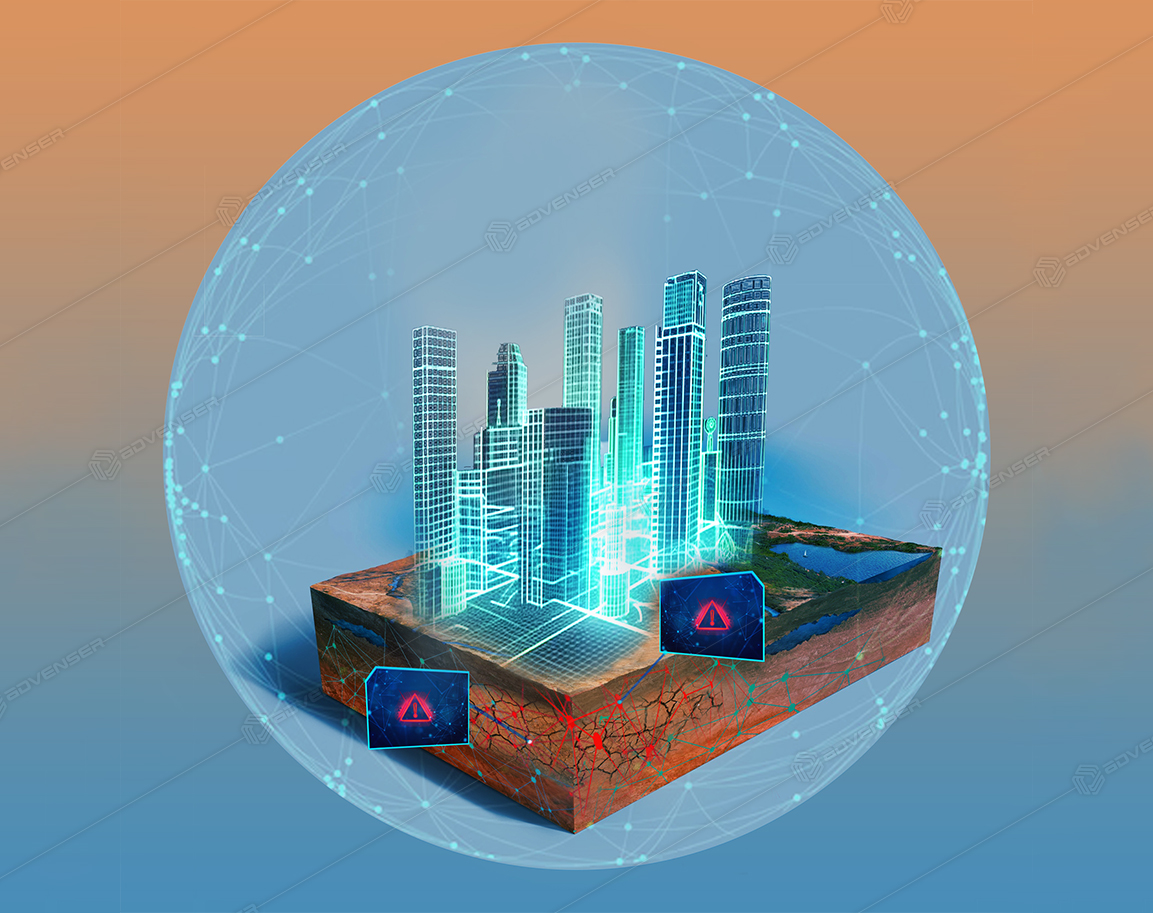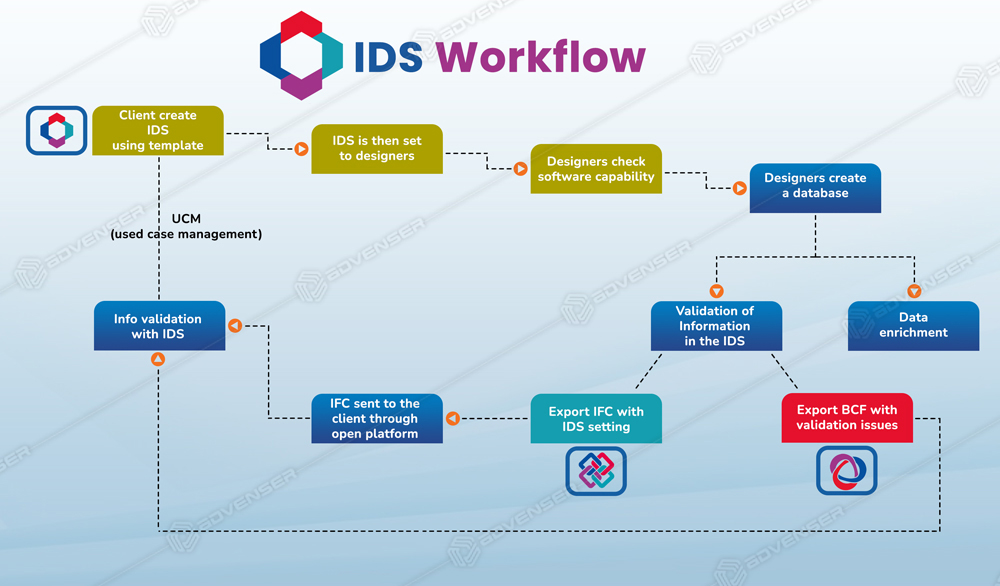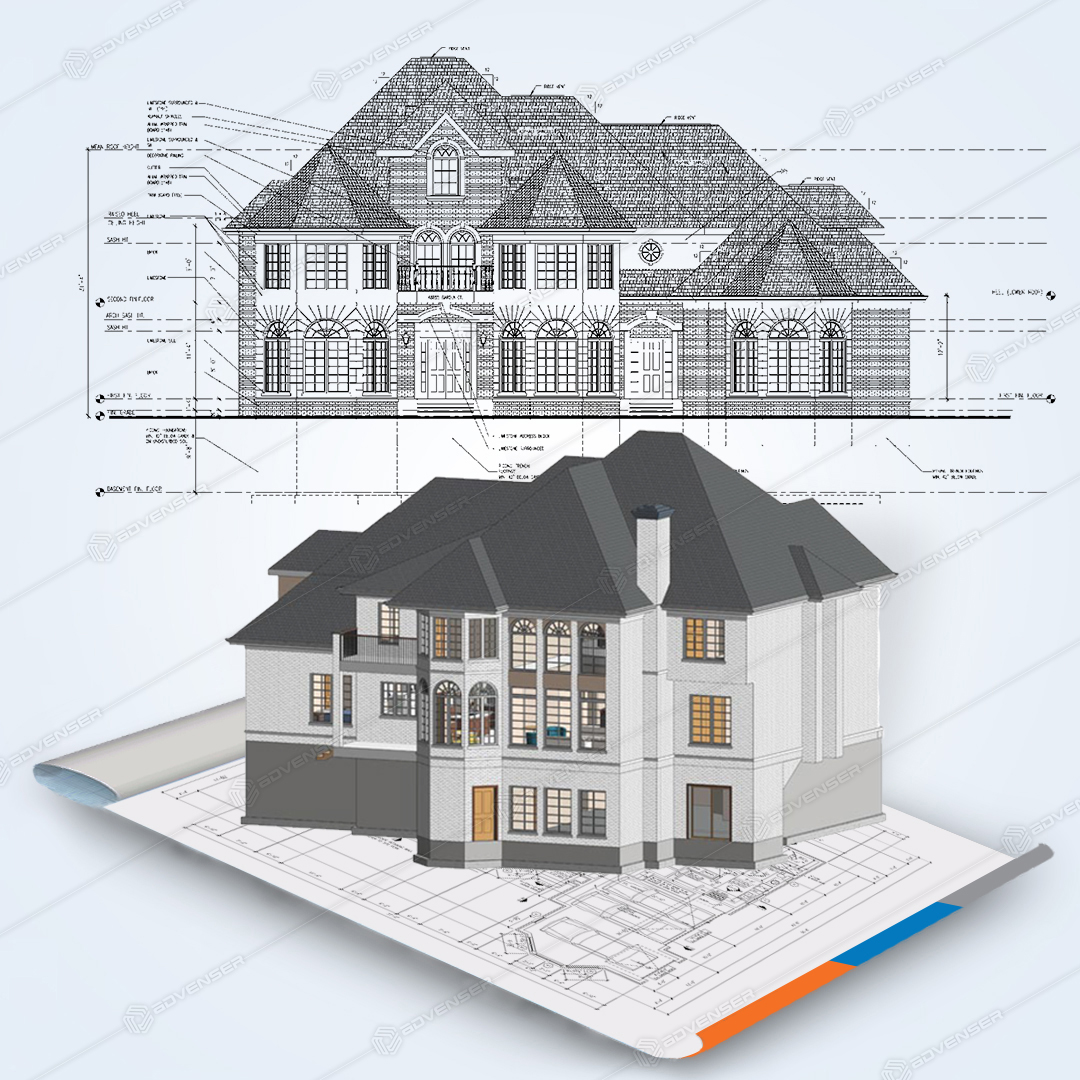
Case Studies of Successful BIM and GIS Integration Projects
The Singapore National Stadium:
The construction of the Singapore National Stadium, the centerpiece of the Singapore Sports Hub, benefited greatly from BIM and GIS integration. By combining BIM models with GIS data on factors such as wind patterns and sun exposure, the design team optimized the stadium’s shape and orientation to maximize natural ventilation and minimize heat gain. This resulted in a more sustainable and energy-efficient stadium that provides a comfortable experience for spectators.


The London Crossrail Project:
The London Crossrail Project, one of the largest infrastructure projects in Europe, used BIM and GIS integration to streamline the construction process. By overlaying BIM models onto GIS maps, the project team was able to visualize and analyze the complex underground network of tunnels and stations. This allowed for better coordination among different contractors and reduced the risk of clashes or errors during construction. The integration of BIM and GIS also facilitated the management of the project’s extensive documentation, ensuring that all stakeholders had access to the most up-to-date information.
The City of Helsinki Smart City Initiative:
The City of Helsinki in Finland has been actively leveraging BIM and GIS integration as part of its Smart City initiative. By integrating BIM models with GIS data, the city has been able to create a digital twin of its urban environment. This virtual representation allows for better urban planning, optimized resource allocation, and improved citizen engagement. For example, the city used BIM and GIS integration to identify locations for new bike lanes, taking into account factors such as traffic patterns, safety, and accessibility.

Best Practices for Implementing BIM and GIS Integration
- Establish clear project objectives: Before starting any integration efforts, it is essential to define clear project objectives and align them with the goals of all stakeholders. This will help guide the integration process and ensure that it delivers the intended benefits.
- Choose the right software and tools: There are numerous software solutions and tools available for BIM and GIS integration. It is crucial to select the ones that best suit the specific needs of the project and the capabilities of the team. Consider factors such as compatibility, ease of use, and scalability when making your selection.
- Invest in training and education: BIM and GIS integration may require new skills and knowledge for the project team. It is important to provide adequate training and education to ensure that everyone is proficient in using the integrated system effectively. This can be done through internal training programs, external workshops, or hiring consultants with expertise in BIM and GIS integration.
- Promote collaboration and communication: BIM and GIS integration can only be successful if there is a culture of collaboration and open communication within the project team. Encourage regular meetings, information sharing, and cross-disciplinary collaboration to maximize the benefits of the integrated system.
- Start small and iterate: Integrating BIM and GIS can be a complex process, especially for larger projects. It is advisable to start small, focusing on a specific area or aspect of the project, and gradually expand the integration efforts. This allows for testing, learning, and refining the integration approach before scaling it up.
- Evaluate and improve: Continuous evaluation and improvement are essential for maximizing the benefits of BIM and GIS integration. Regularly assess the effectiveness of the integrated system, gather feedback from project team members, and identify areas for improvement. This iterative approach ensures that the integration efforts remain aligned with the evolving needs of the project.
Tools and Technologies for BIM and GIS Integration
- Autodesk InfraWorks: InfraWorks is a powerful software that combines BIM and GIS capabilities, allowing for the creation of 3D models that incorporate real-world data. It enables professionals to design, analyze, and visualize infrastructure projects within the context of the surrounding environment.
- Esri ArcGIS: ArcGIS is a leading GIS software that provides a comprehensive suite of tools for capturing, managing, and analyzing spatial data. It offers integrations with BIM software, allowing for the seamless exchange of information between BIM models and GIS databases.
- Trimble Connect: Trimble Connect is a cloud-based collaboration platform that supports the integration of BIM and GIS data. It enables real-time collaboration and information sharing, making it easier for project teams to work together and access the most up-to-date data.
- FME (Feature Manipulation Engine): FME is a data integration platform that facilitates the exchange of data between different systems, including BIM and GIS. It offers a wide range of data transformation and conversion capabilities, allowing for seamless data interoperability.
The Future of BIM and GIS Integration in the AEC Industry
The integration of Building Information Modeling (BIM) and Geographic Information Systems (GIS) is revolutionizing the AEC industry, enabling professionals to maximize efficiency, improve collaboration, and make more informed decisions. The combination of BIM’s digital representation of buildings with GIS’s spatial and geographic data analysis capabilities offers numerous benefits, from better project visualization to enhanced sustainability.
As the AEC industry continues to embrace digital transformation, the integration of BIM and GIS will become increasingly prevalent. This integrated approach will empower professionals to take a more holistic and data-driven approach to design, construction, and urban planning. By leveraging real-time data, visualizing complex scenarios, and mitigating risks before they occur, the AEC industry can deliver superior results, reduce costs, and build more sustainable and resilient communities.
The future of BIM and GIS integration in the AEC industry is bright, promising a more efficient, collaborative, and sustainable built environment for generations to come. As technology continues to advance, new opportunities for innovation and optimization will emerge, further pushing the boundaries of what is possible in the AEC industry. By embracing this transformative approach, organizations can stay ahead of the curve and thrive in an increasingly competitive landscape.






